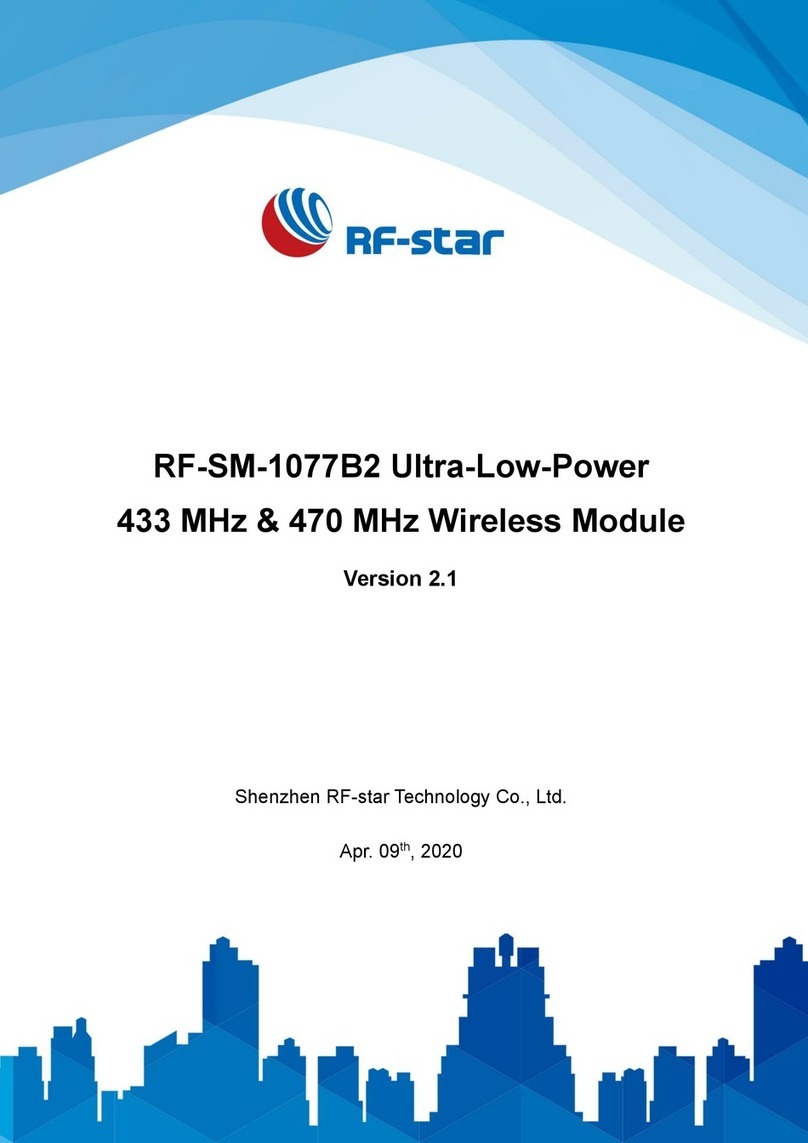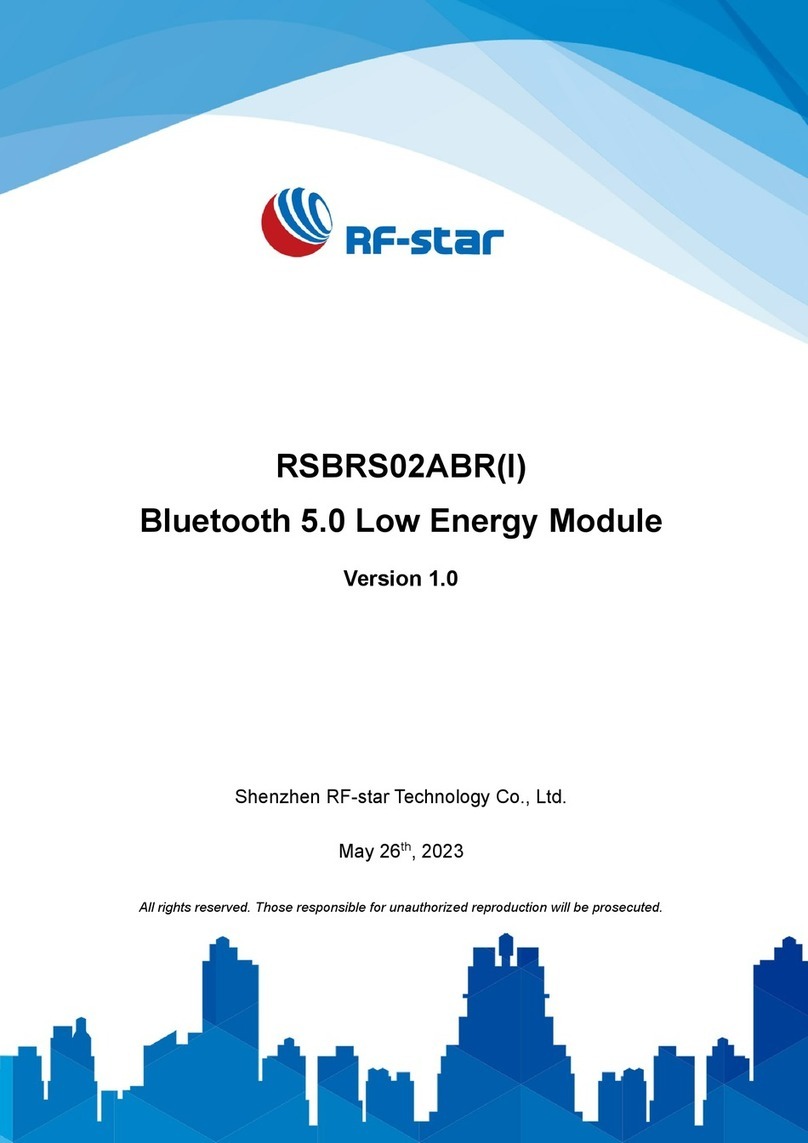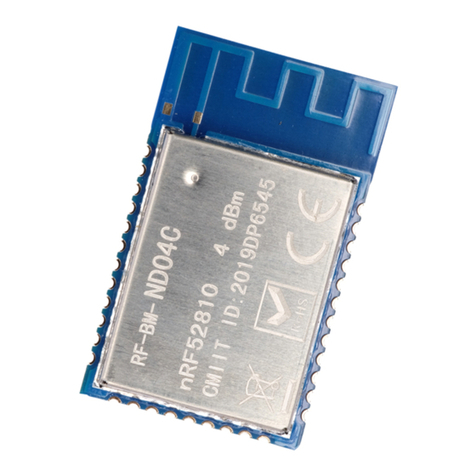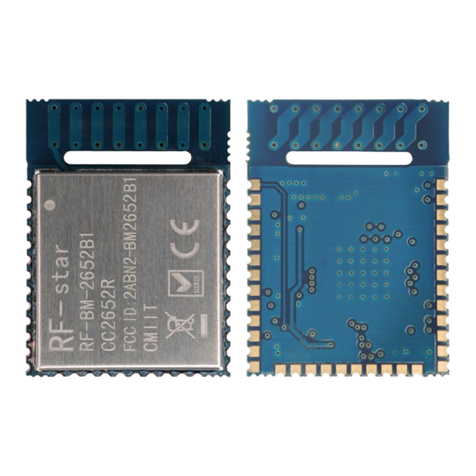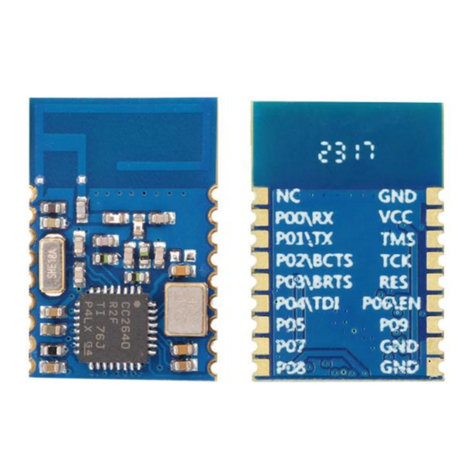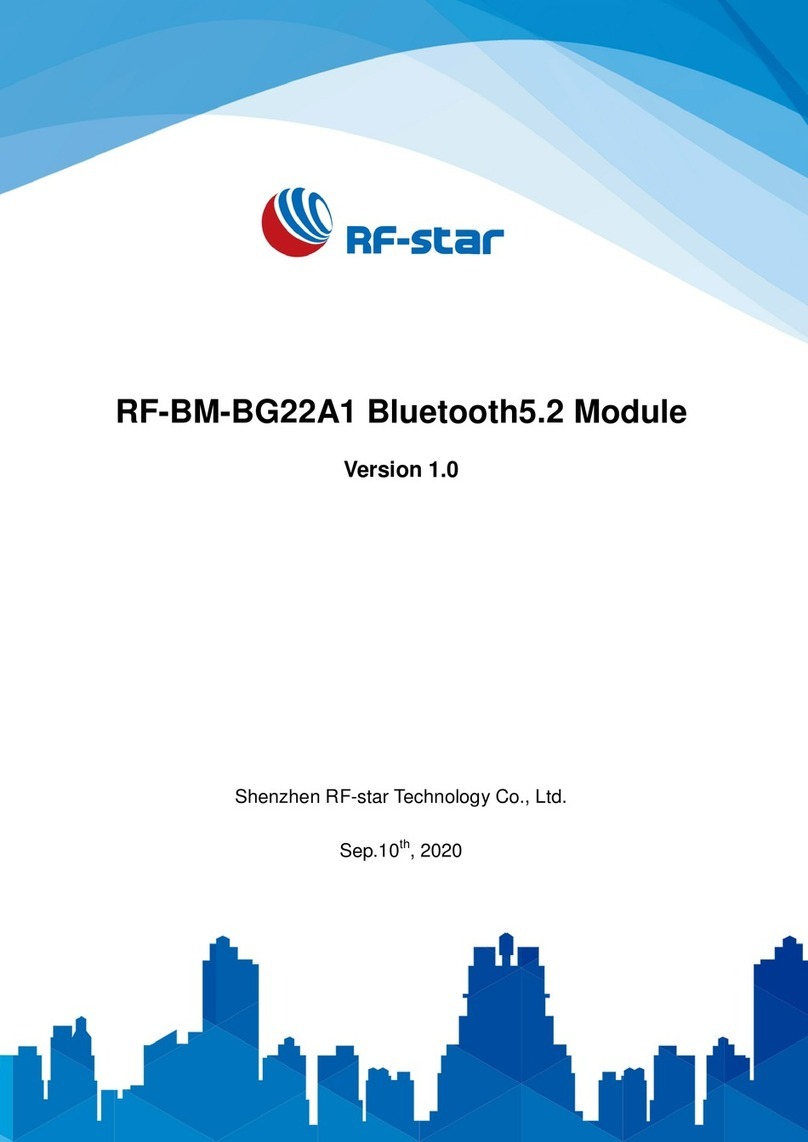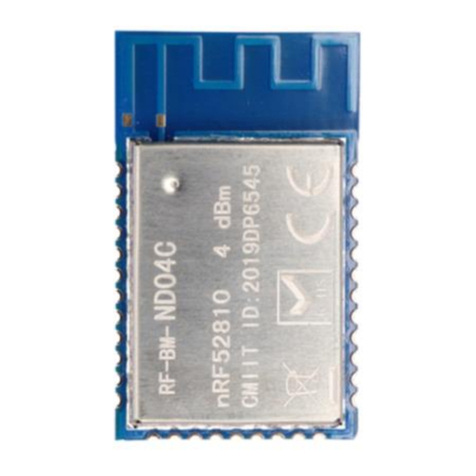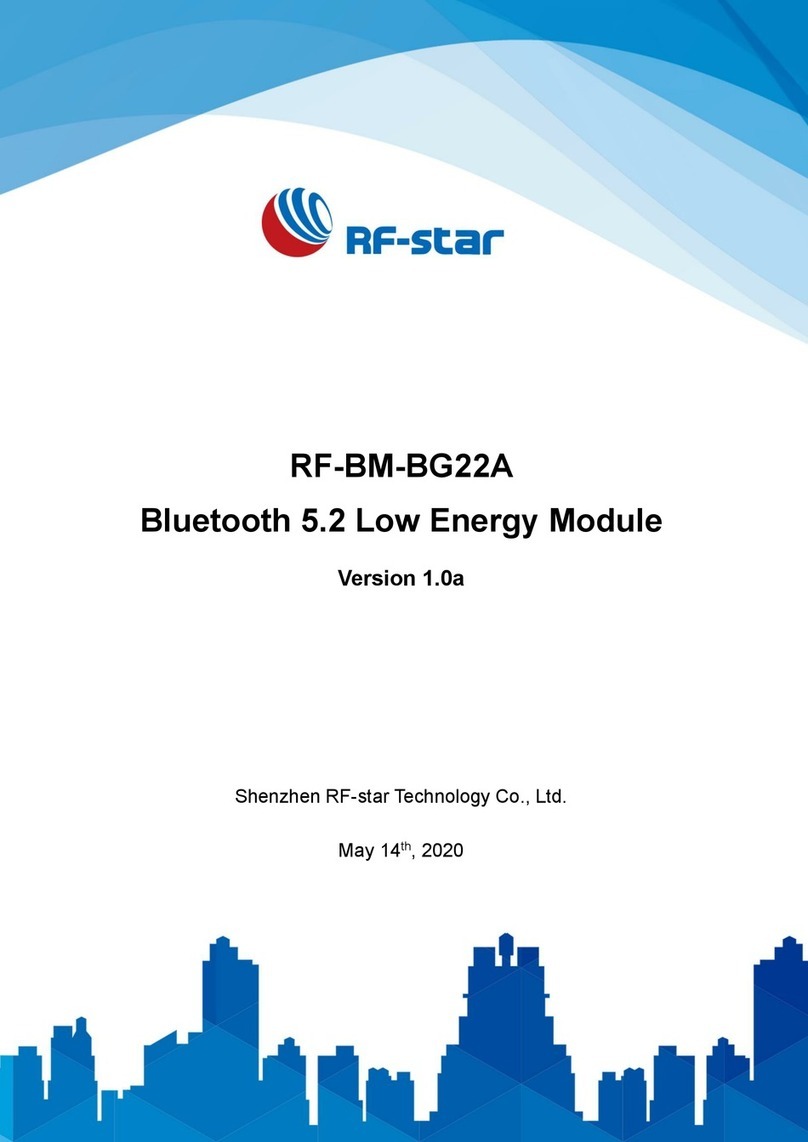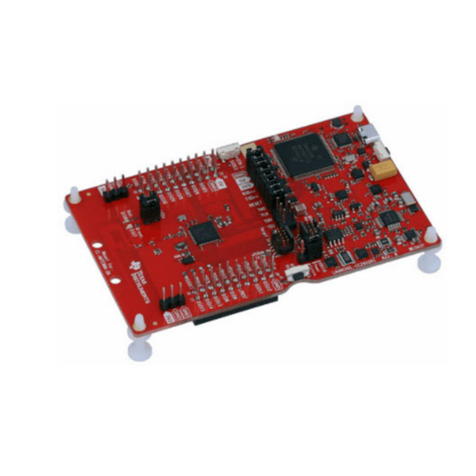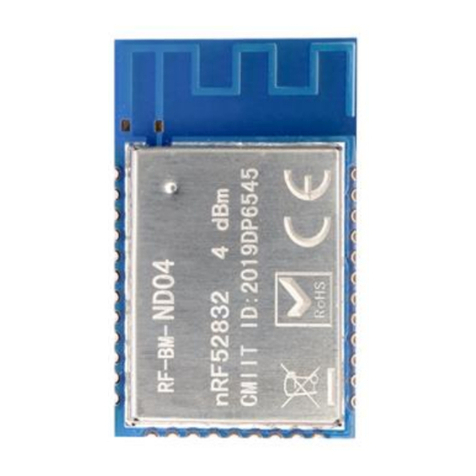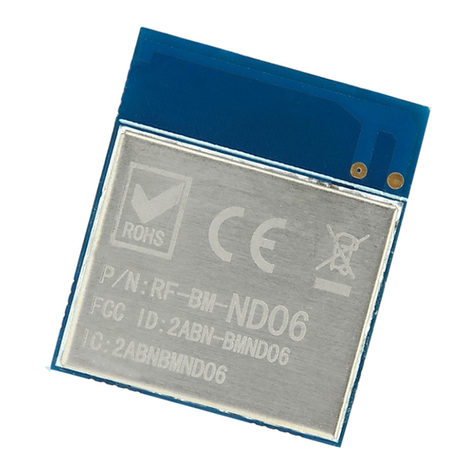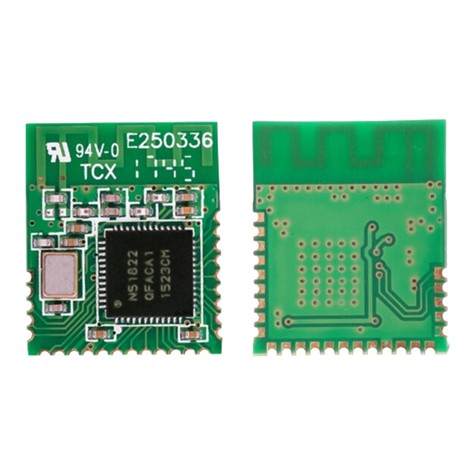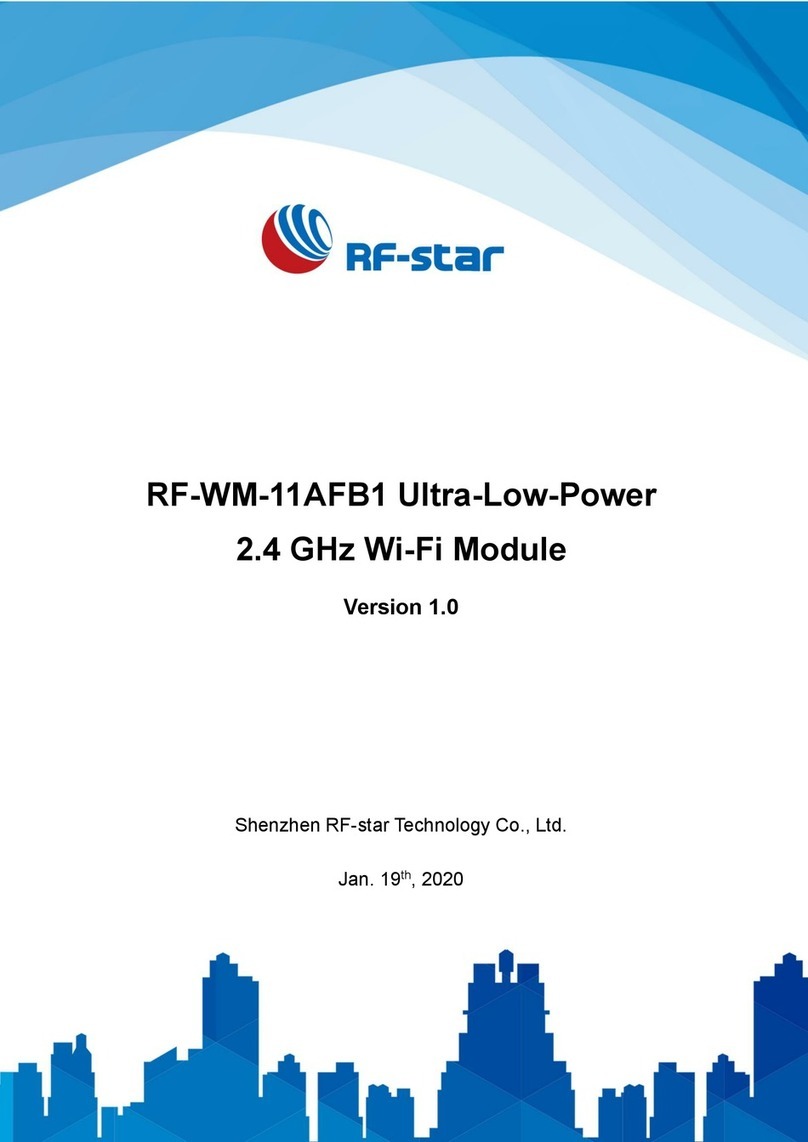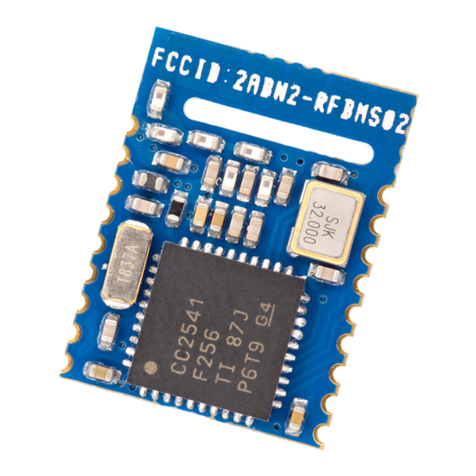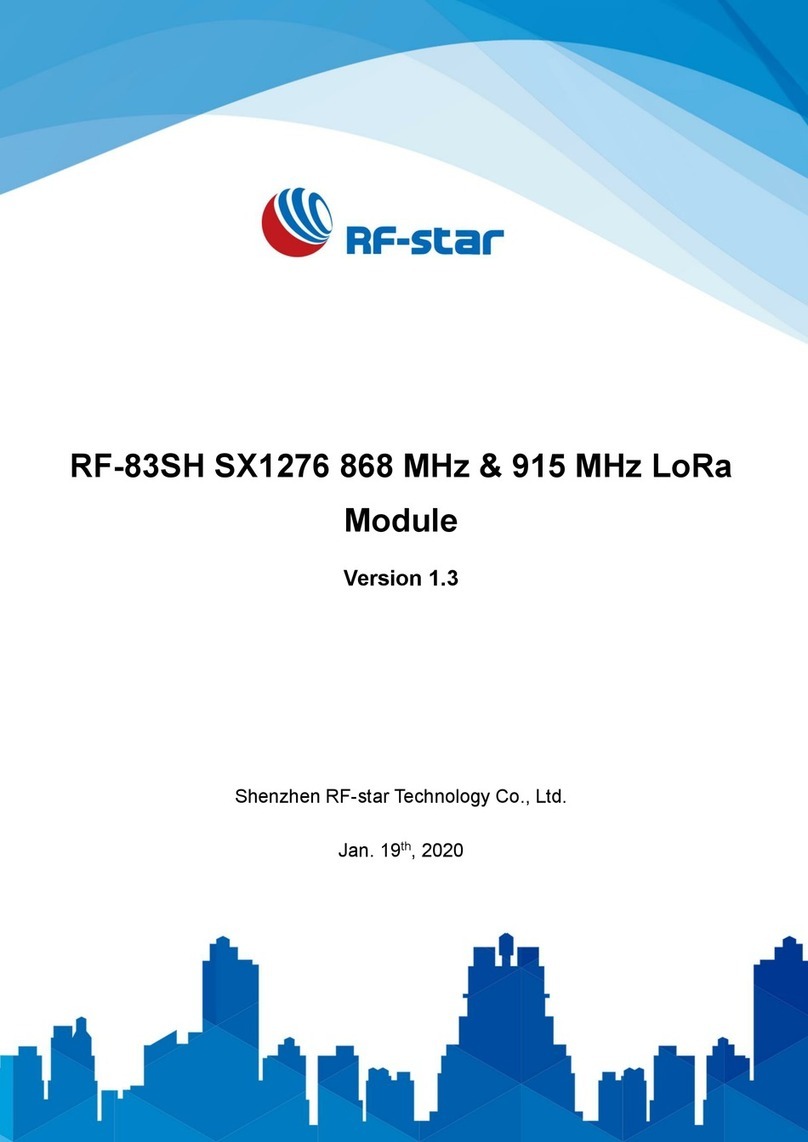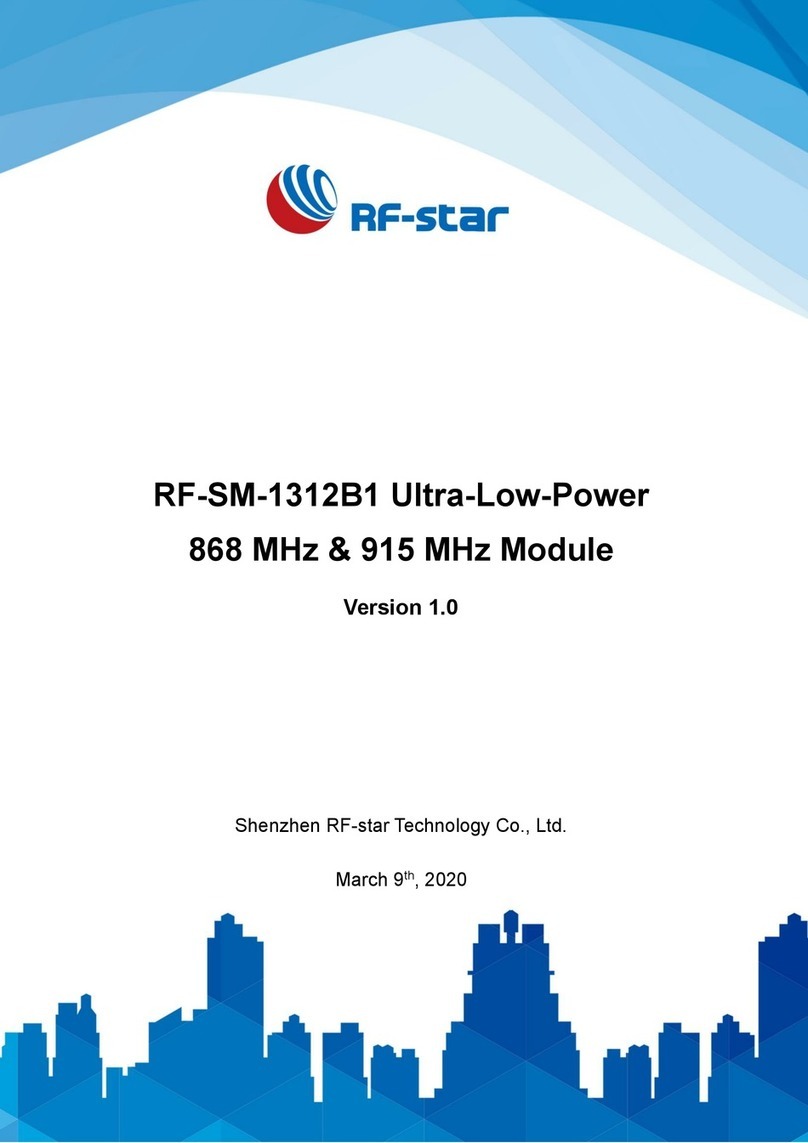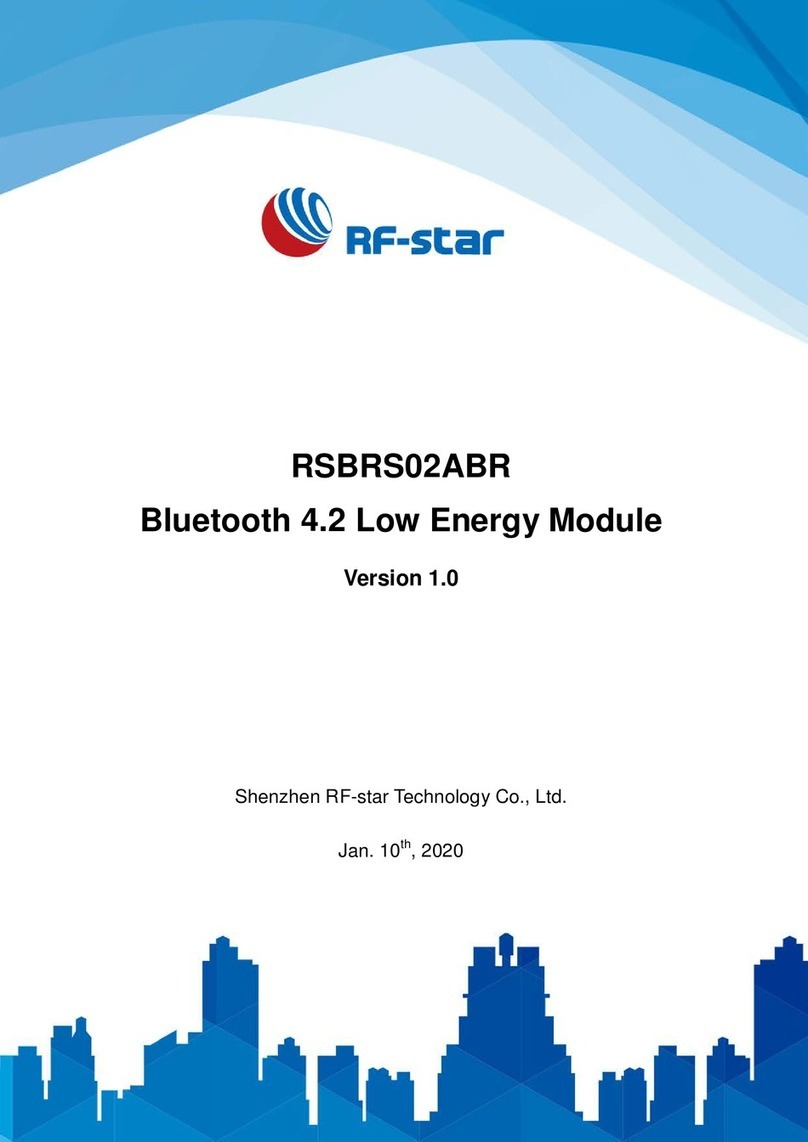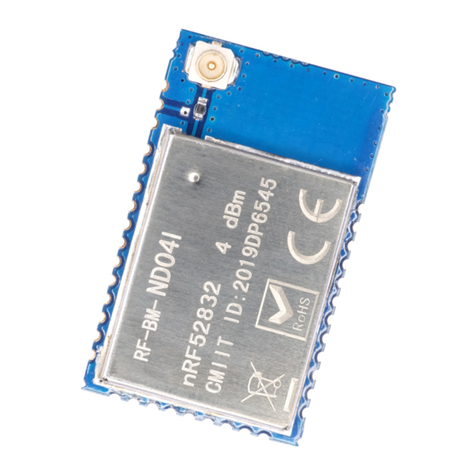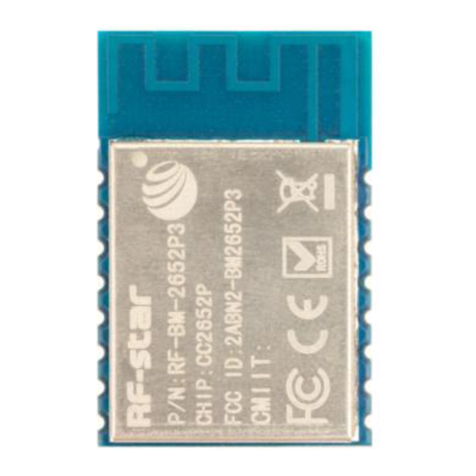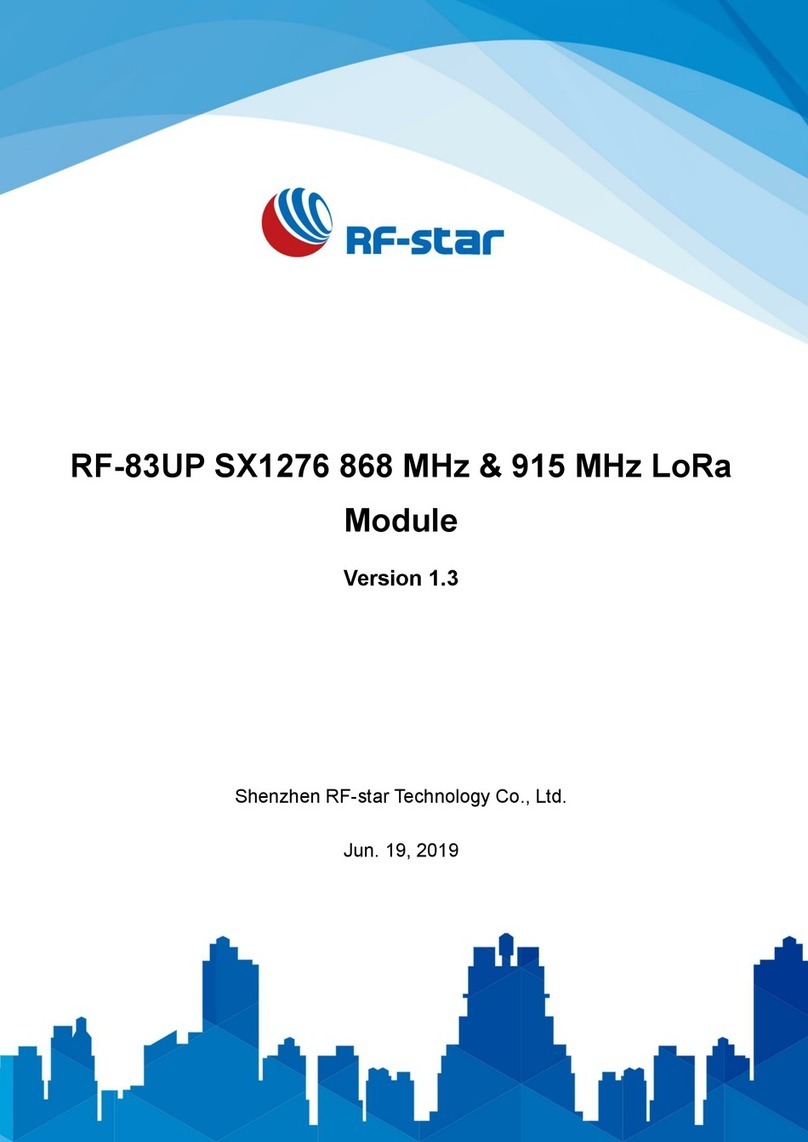RF-WM-20CMB1
www.szrfstar.com V1.0 - Jan., 2020
Shenzhen RF-star Technology Co., Ltd. Page 4 of 24
Table of Contents
Wi-Fi Module List................................................................................................................................................................ 1
1 Device Overview............................................................................................................................................................. 2
1.1 Description............................................................................................................................................................ 2
1.2 Key Features ....................................................................................................................................................... 2
1.3 Applications.......................................................................................................................................................... 2
1.4 Functional Block Diagram .............................................................................................................................. 3
1.5 Part Number Conventions.............................................................................................................................. 3
Table of Contents................................................................................................................................................................ 4
Table of Figures................................................................................................................................................................... 5
Table of Tables..................................................................................................................................................................... 6
2 Module Configuration and Functions ...................................................................................................................... 7
2.1 Module Parameters........................................................................................................................................... 7
2.2 Module Pin Diagram ......................................................................................................................................... 8
2.3 Pin Functions....................................................................................................................................................... 8
2.4 GPIO Pin Function ..........................................................................................................................................10
3 Specifications .................................................................................................................................................................11
3.1 Recommended Operating Conditions .....................................................................................................11
3.2 Handling Ratings..............................................................................................................................................11
4 Application, Implementation, and Layout.............................................................................................................12
4.1 Module Photos..................................................................................................................................................12
4.2 Recommended PCB Footprint....................................................................................................................12
4.3 Antenna................................................................................................................................................................13
4.3.1 Antenna Design Recommendation ..............................................................................................13
4.3.2 Antenna Output Mode Modification..............................................................................................13
4.3.3 External Antenna Design Recommendation of the Half-Hole ANT Pin..........................14
4.3.4 IPEX Connector Specification........................................................................................................16
4.4 Schematic Diagram.........................................................................................................................................17
4.5 Basic Operation of Hardware Design ......................................................................................................17
4.6 Trouble Shooting..............................................................................................................................................18
4.6.1 Unsatisfactory Transmission Distance........................................................................................18
